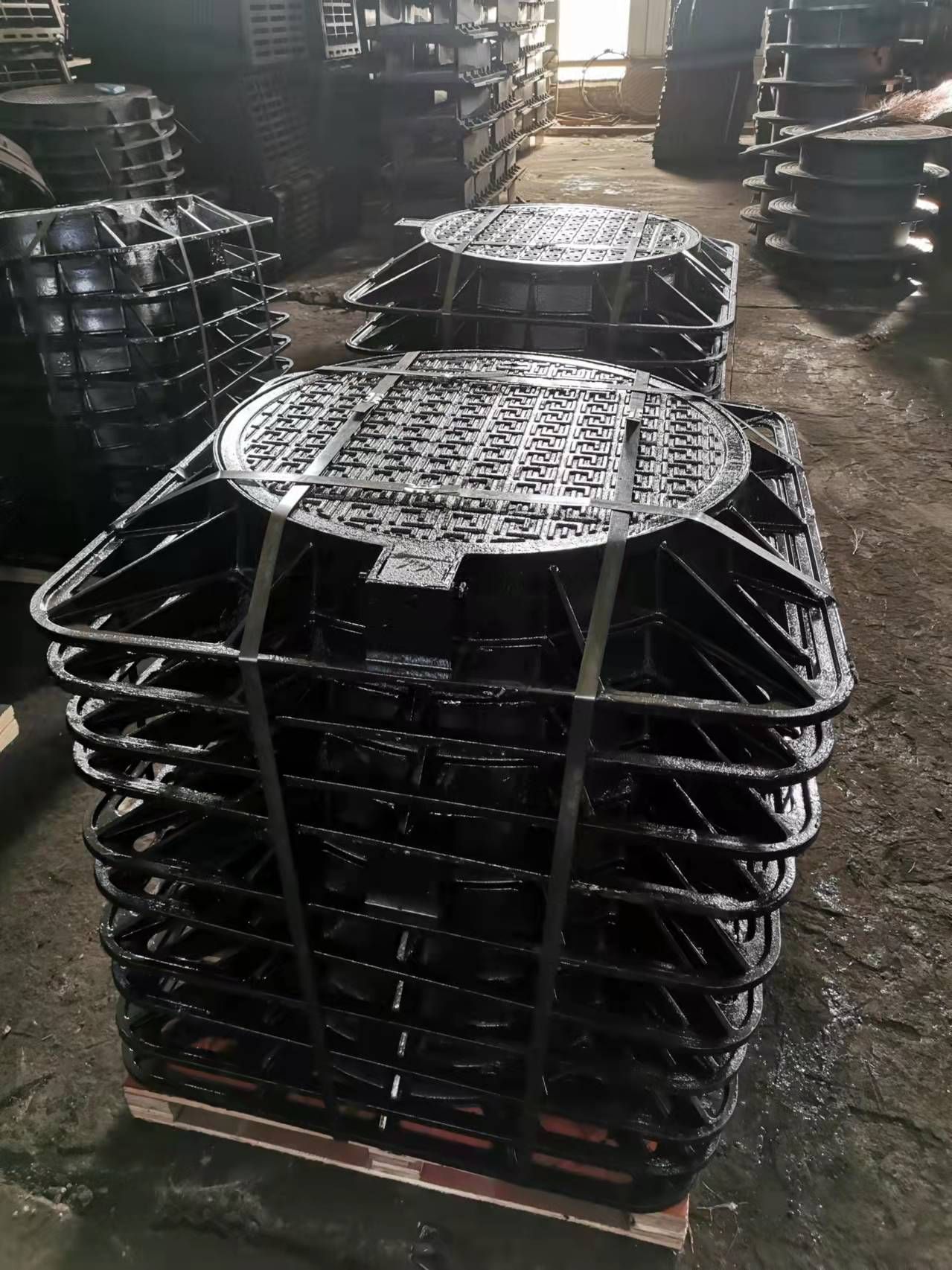ss grating
Understanding SS Grating A Comprehensive Overview
Stainless steel (SS) grating is a vital component in various industrial applications, offering a robust solution for flooring, walkways, drainage, and platform structures. Its use spans multiple industries, including oil and gas, pharmaceuticals, food processing, and wastewater treatment, making it an essential material in settings where strength, durability, and safety are paramount.
What is SS Grating?
Stainless steel grating is a type of flooring made from stainless steel bars, which are arranged in a grid-like pattern. This configuration allows for excellent load-bearing capabilities while ensuring safety and stability for pedestrians and machinery. The primary categories of SS grating include welded, swaged, and press-locked types, each designed for specific applications.
The material itself is resistant to rust and corrosion, making it ideal for environments that are subjected to harsh chemicals or wet conditions. This corrosion resistance is attributed to the presence of chromium, which forms a protective oxide layer, allowing the grating to maintain its structural integrity even in the most challenging settings.
Benefits of Using SS Grating
1. Durability SS grating is incredibly robust, providing a long service life. Unlike traditional materials like wood or plastic, stainless steel does not rot or degrade, making it a cost-effective solution over time.
2. Safety The open design of SS grating allows for excellent drainage, reducing the risk of slip accidents. Furthermore, the textured surface can help provide grip, enhancing safety on walkways and platforms.
ss grating

3. Versatility Available in various styles and sizes, SS grating can be customized to meet specific project requirements. Whether for heavy industrial use or lighter pedestrian applications, there is a suitable option.
4. Aesthetic Appeal Stainless steel offers a modern and sleek look, making SS grating not only functional but also visually appealing. This can be important in settings where appearance matters, such as retail spaces and restaurants.
5. Easy Maintenance SS grating is easy to clean and maintain. Its smooth surface allows for quick wash-downs, and unlike other materials, it does not require repainting or sealing, further reducing long-term maintenance efforts.
Applications of SS Grating
The applications of stainless steel grating are vast. In industrial scenarios, it is typically used for flooring in factories, warehouses, and loading docks. In food processing facilities, its hygiene properties ensure compliance with health regulations, allowing for easy cleaning and sanitization. In the oil and gas industry, SS grating’s durability and corrosion resistance make it perfect for use in offshore rigs and plants. Additionally, it is utilized in wastewater treatment plants, where chemical exposure can be significant.
Conclusion
In summary, SS grating represents an outstanding solution for various industrial needs, combining strength, safety, and functionality. Its extensive range of applications, along with its durability and resistance to environmental factors, make it an ideal choice for projects requiring high-performance flooring systems. As industries continue to seek innovative and reliable materials, the demand for stainless steel grating is likely to grow, underpinning its importance in modern infrastructure and industrial design. Whether you are in construction, manufacturing, or any other sector, stainless steel grating is undoubtedly a worthwhile investment that can enhance both safety and performance.
-
The Smarter Choice for Pedestrian AreasNewsJun.30,2025
-
The Gold Standard in Round Drain CoversNewsJun.30,2025
-
The Gold Standard in Manhole Cover SystemsNewsJun.30,2025
-
Superior Drainage Solutions with Premium Gully GratesNewsJun.30,2025
-
Superior Drainage Solutions for Global InfrastructureNewsJun.30,2025
-
Square Manhole Solutions for Modern InfrastructureNewsJun.30,2025
-
Premium Manhole Covers for Modern InfrastructureNewsJun.30,2025
